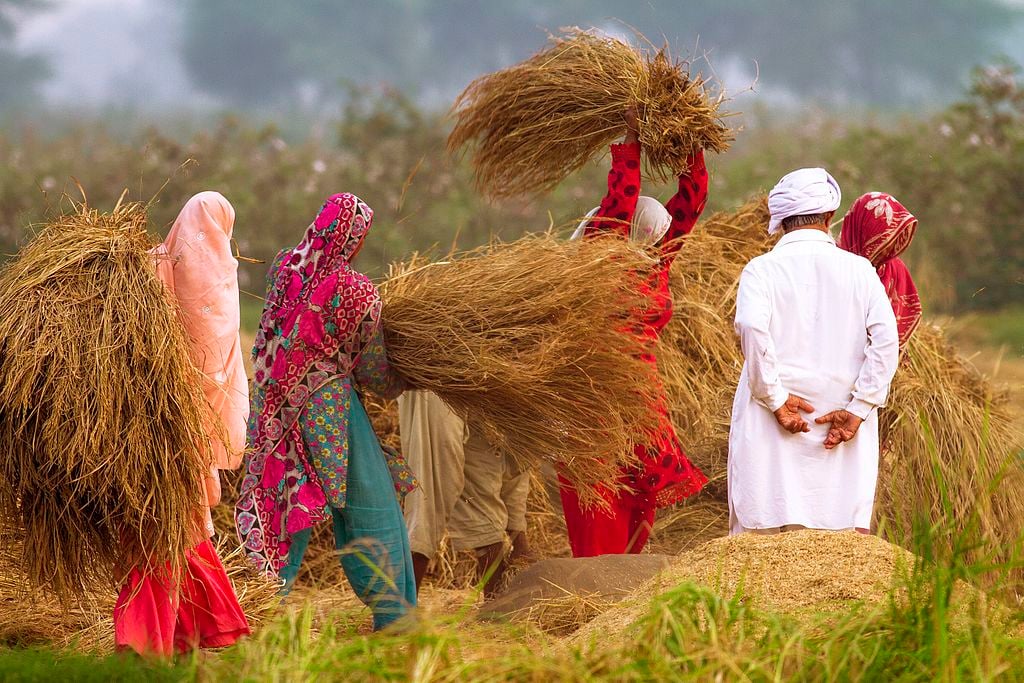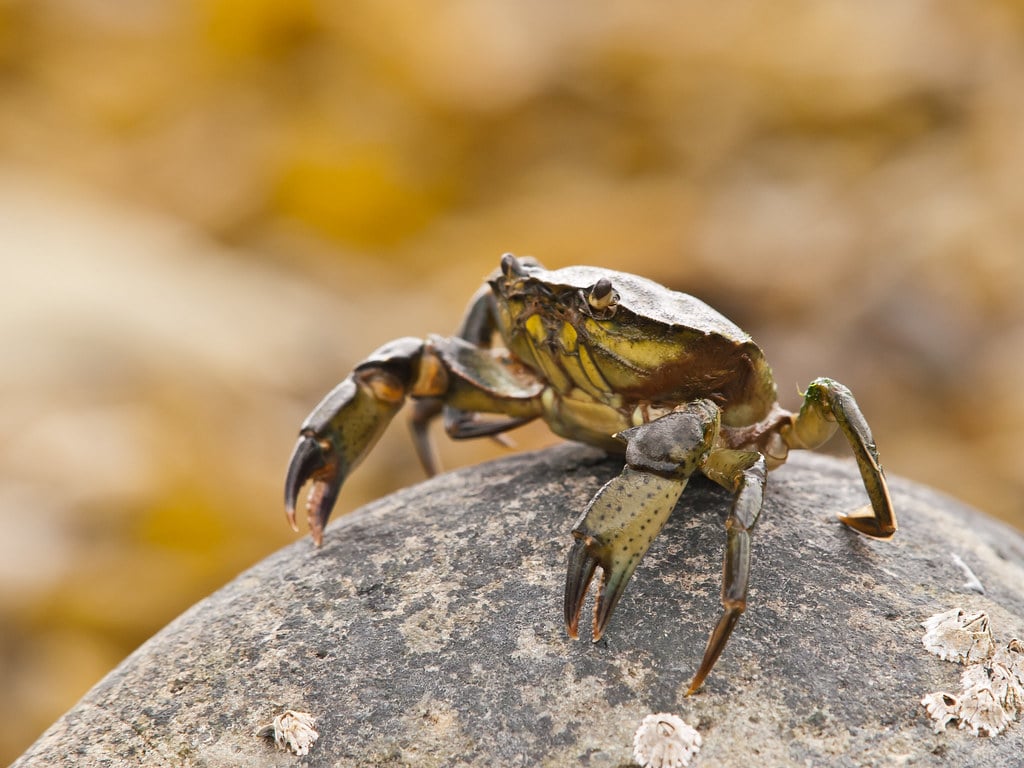The Important Exports of Pakistan
Sandwiched between India and Afghanistan, Pakistan offers an incredible combination of conventional and modern industrial sectors. Since 1947, Pakistan has been exporting exceptional products directly to different countries of the world. Not only do these exports generate revenues, but they also create employment opportunities for thousands of Pakistanis. Despite encountering recurring regime changes and political instability, Pakistani industries toil to manufacture high-quality products for global markets. The top 6 major exports from the country are given below. Aside from the exports mentioned in this article, Pakistan’s export goods also include fruits, vegetables, livestock meat, tobacco, wheat, salt, leather products, handicrafts, surgical supplies, and numerous other products.
1. Rice (Basmati and Popular Non-basmati Aromatic Rice)
Pakistan holds the position of the fourth-largest exporter of basmati and non-basmati rice to several countries in the Middle East, Africa, and Southeast Asia. The USA is also one of the regular buyers of the infamous Pakistani basmati rice.
In 2024, Pakistan exported 5.8 million tons of rice to different countries. The Indian ban on the export of non-basmati rice and favorable weather are two primary reasons for acquiring this magical figure. Data from the Pakistan Bureau of Statistics illustrates that Pakistan earned approximately 3.4 billion USD from the export of rice. According to the Rice Exporters Association of Pakistan (REAP), Pakistan produces large quantities of kainat basmati. However, its exports often experience a rude shock in international markets because of the lower Indian prices.

Hamid Malik, the chairman and founder of the Agri Policy Research Institute, opines that the latest hybrid seed development techniques, favorable weather, and resilience of paddy growers are likely to play a positive role in increasing rice exports in the coming years. He went on to say that the country is looking forward to strengthening the rice trade with Yemen and Iraq. According to him, the situation might get worse if the Indian government decides to lift the ban on the exports of non-Basmati rice. This is because the numerical majority of peasants in Pakistan are focusing on the growth of non-Basmati rice rather than the Basmati variety.
2. Cement
In 2022, Pakistan emerged as the 22nd largest exporter of top-notch cement in the global market. Pakistan exports ample stocks of cement to Sri Lanka, Somalia, Afghanistan, Bangladesh, and Madagascar. Pakistan also exports a sufficient amount of cement to the USA and the Philippines. According to the Pakistan Bureau of Statistics, between July and December 2024, the exports of cement helped in earning 167 million USD.
Pakistan exports four major types of cement: Portland cement, cement clinker, white cement, and hydraulic cement. In 2023, Pakistan exported 54% Portland cement, 44% cement clinker, 0.513% white cement, and 0.0002% hydraulic cement.
Portland Cement
Portland cement is the most common form of cement in the world. Throughout the globe, it is used as a basic ingredient of stucco, mortar, non-specialty grout, and concrete.
White Cement
White cement is one of the modified versions of Portland cement. It is named so because of its white color. It is widely used to build polished walls, ceilings, and floors. Due to its unmatched workability, it is used to develop smoother and cleaner surfaces.
Cement Clinkers
Cement clinkers are present in the form of nodules or lumps, usually 3 to 25 millimeters in diameter. They comprise a unique combination of limestone and modified clay.
Hydraulic Cement
Hydraulic cement is popular for its versatility. This kind can be used both in dry and wet conditions, as well as over and under the ground. It is multiple times more durable than regular cement.
3. Textile
The value-added textile industry demonstrated incredible resilience in the last year. According to the experts, if Pakistan shifts its focus to three main areas, it can increase the export of textiles to 15-16 billion USD in 2025. Those three core areas include a reduction in industrial power tariffs, uninterrupted gas supplies to power plants, and an increase in the production of cotton to safeguard key exports.
According to the Pakistan Bureau of Statistics, the national textile industry has to compete with its regional rivals (India and Bangladesh) due to the imposition of heavy taxes. Still, the industry performed well in 2024 due to disruptions in supply from Bangladesh. Major textile exports include cotton cloth, yarn, towels, knitwear, readymade apparel, and bed items. Pakistan exports textiles to the USA, the UK, the Netherlands, Germany, and Spain.
4. Sports Goods
In 2024, Pakistan witnessed a 12.51% increase in the export of sports items. Pakistan exported sporting items worth 29.358 million USD in July 2024. Likewise, in 2022, the country exported 433 million USD in sports equipment. In the same year, Pakistan emerged as the 17th largest exporter of sports goods in the world.
Data from the General Administration of Customs, China, showed that Pakistan exported volleyballs, footballs, and basketballs worth 10.7 million USD to China in 2024. Since 1883, Sialkot has been a center of excellence for the production of high-end sports goods. Some of the world’s leading brands, like Puma, Adidas, Nike, Select, Umbro, Lotto, Micassa, Mitre, Wilsons, and Diadora, source their supplies of goods from the reputed sports industry of Sialkot.

Each year, Pakistan manufactures 40 million hand-stitched inflatable soccer balls. Around the FIFA World Cup, the figure increases from 40 million to 60 million. A total of 60,000 artisans work together to manufacture these high-quality balls. Apart from these items, Sialkot also manufactures leather garments and surgical instruments.
5. Cotton
In the fiscal year 2023, Pakistan exported high-quality cotton worth $3.04B, making cotton the 4th largest export of the year. In the same year, Pakistan emerged as the 5th largest exporter of top-notch cotton to the most powerful countries like China, the United States, and Turkey. Bangladesh also imports Pakistani cotton. Vietnam and Brazil were also among the primary importers of Pakistani cotton.

Kinds of Cotton Cultivated in Pakistan
- Upland Cotton
Upland cotton is best known for its finer texture and longer length of fibers. This kind is primarily used in the production of top-quality bed linens, apparel, and other textile products that prefer softness and comfort over other features.
- Desi Cotton
Desi cotton is best known for its coarse texture and shorter length of fibers. This kind is mostly used in textile products that prefer durability over other features. The granular texture of Desi cotton provides the products with a rustic feel.
Pakistan exports both raw and processed cotton. Raw cotton is usually in the form of seed cotton or loose fibers. Pressed and ginned cotton is imported by countries that do not have adequate machinery to deal with raw cotton. Pressed cotton is expensive compared to raw cotton. However, pressed cotton is easy to handle during transportation. Before exporting the cotton, its quality and quantity are rechecked by the Pakistan Cotton Standards Institute (PCSI).
6. Seafood and Fish
In 2023, Pakistan exported large stocks of seafood to China. The key products exported to China included fresh crab, frozen fish, and frozen cuttlefish. In 2024, the country exported seafood worth 31 million USD, which is much lower than the expected figure. According to the Pakistan Bureau of Statistics, the country faces a decline in the export of seafood because of the lower prices of seafood in the global market.

Also, the majority of countries have banned the import of Pakistani fish and seafood because of the poor sanitation and contamination of water bodies. Despite international guidelines, the numerical majority of traders have failed to abide by the rules. This is one of the primary reasons for the downfall of the industry. Major importers of Pakistani seafood and fish include Malaysia, Thailand, Indonesia, and China.
Conclusion
The exports of Pakistan play a pivotal role in maintaining economic stability, generating revenues, and producing ample job opportunities. Despite facing multiple internal and external challenges, Pakistani industries burn the midnight oil to create top-notch export products. To increase revenue, the government must come forward and facilitate the development of industries.
If you want to submit your articles and/or research papers, please visit the Submissions page.
To stay updated with the latest jobs, CSS news, internships, scholarships, and current affairs articles, join our Community Forum!
The views and opinions expressed in this article/paper are the author’s own and do not necessarily reflect the editorial position of Paradigm Shift.
Gul Naz received a degree in MPhil Zoology in 2023 from the University of Okara. Besides deriving strength from bibliotherapy, she finds solace in producing articles based on contemporary issues from different parts of the globe.


